What Is a Satellite & How Does It Work?
Last Updated on
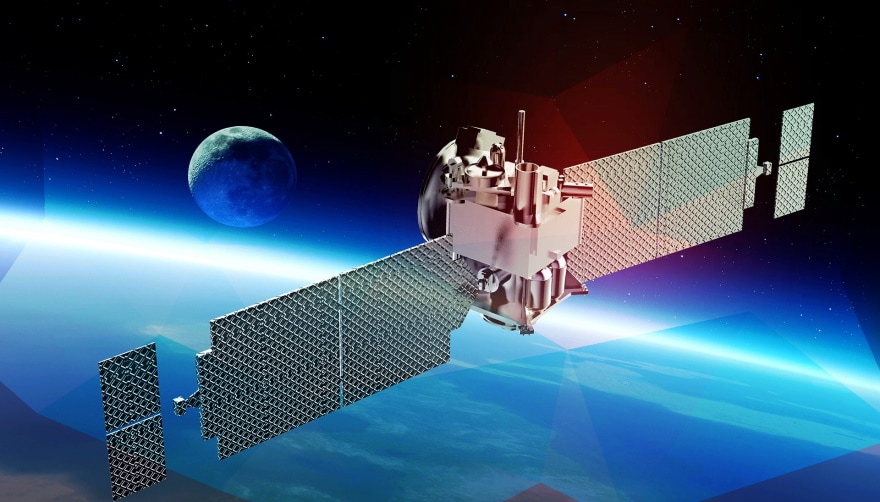
A couple of hundred years ago, the very conception of a satellite or something floating around in space that communicates with us on the ground would have been considered akin to a Greek myth or fantasy. But now, in the 21st century, so many of our day-to-day functions depend on this technology.
How many of us feel confident in exploring a new area without the aid of GPS? Where would we be without cell phones? Well, we’d probably manage. However, the fact remains that we are aided by so many of these technologies that it’s hard to imagine living without them at this point. The flashing light you see in the sky at night is still a bit of a mystery, but we’ll discuss how it works and benefits the world. Satellites are pieces of technology in orbit around the Earth. Keep reading for more!

How Does It Work?
When a satellite is launched, the centrifugal force of the object’s mass is accounted for. For the layman, this effectively means that however heavy and large the satellite is, it must be launched at a fast enough velocity to maintain a speed outside the Earth’s orbit that will balance its gravitational pull. The result is that it will not fall back down to the Earth but will continually maintain the same speed in orbit. This also means that there is no power source required to keep it in orbit.
There are about 4,500 satellites orbiting the Earth. How are they not crashing into each other all the time? The answer is that they are traveling in different lanes or “orbits.” Which orbit they are in will depend on their purpose and function. The three orbits are Lower Earth Orbit (LEO), Medium Earth Orbit (MEO), and Geosynchronous Orbit (GEO). Satellites intended for weather forecasting, cell phone calls, and observation of the Earth tend to be in the LEO. However, more satellites are required to cover the area of the Earth at this distance.
For this reason, broadcasting and other far-reaching technologies depend on satellites in the GEO. Why is it called Geosynchronous Orbit? This is because the orbital period, which is the time it takes the satellite to make one orbit around the Earth, is about 23 hours and 56 minutes. LEO satellites are roughly an hour and a half. In the GEO, there is another segment known as the Geostationary Orbit, where satellites remain stationary in relation to the Earth because they are at the level of the equator.
But no matter the orbit in which the satellites are, they have to be able to communicate. How does this work? The transponders in the satellite change the signal’s frequency and reduce signal noise. This helps receivers pick up the signal easier. They are powered by solar panels, but during times of eclipse, batteries are utilized. The signal is received through a reflector antenna.
Satellites will travel unevenly around the Earth without assistance since the gravitational pull is different due to the unequal mass of the Earth. Therefore, satellites need thrusters. These are monopropellant rockets that help to regulate the satellite in its orbit. They also help the satellite to travel to the graveyard orbit when it becomes defunct.
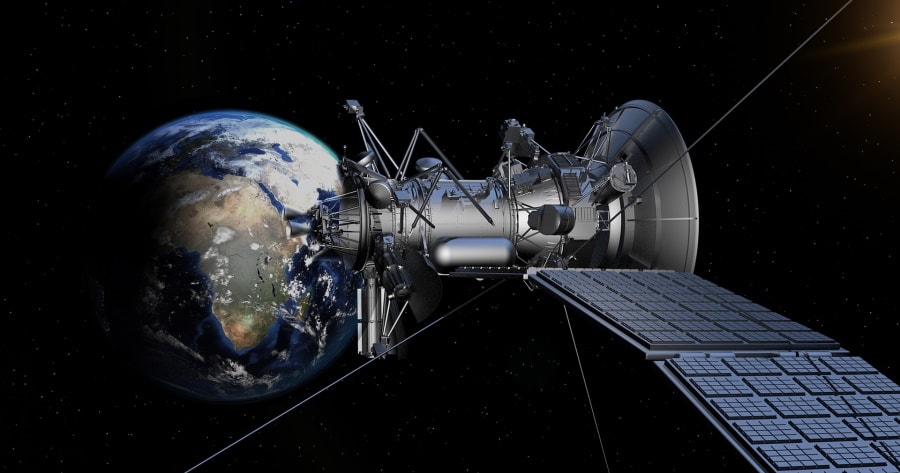
What Are the Different Types of Satellites?
In its most broad categorization, there are two different types of satellites. There are natural and artificial satellites. Natural satellites are naturally occurring, like planets in the orbit of the sun. They are considered satellites because they maintain an orbit around something with a gravitational pull.
The satellites that we have been discussing thus far are made by humans. They are artificial satellites. Among artificial satellites, there are nine different types. They are:
- Communications satellite
- Remote sensing satellite
- Navigation satellite
- Geocentric orbit
- Global Positioning System (GPS)
- Geostationary
- Drone
- Ground
- Polar
- Nano, cubesats and smallsats
Each satellite is placed in a specific orbit for a particular purpose. For example, lower earth orbit satellites are well suited to reconnaissance and imaging of the Earth’s surface as well as espionage. But GPS satellites are more often found in the middle earth orbit because lower earth orbit is too close for receivers to pick up a signal. Let’s go over some basic applications.
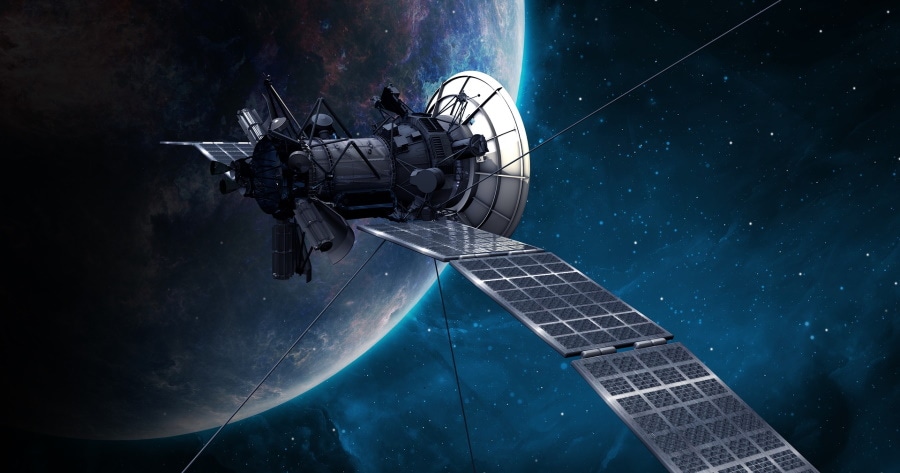
Where is it Used?
Television
Most satellites that are used for television broadcasting are in the Geostationary orbit. Since these satellites stay more or less in the same location related to the Earth, the dish receiver can stay pointed in the same direction so that it can receive the signal consistently.
Telephones
Have you ever wondered how phones on airplanes receive and send signals? There’s no landline on that airline; they are using satellites. Even satellite phones connect directly to satellites, as opposed to cellular phones, which depend on local cell towers to establish connections. Satphones may be connected to satellites in lower earth orbit or geostationary satellites.
Weather Forecasting
Satellites used to forecast weather are either in geostationary orbit or polar satellites. Whereas geostationary satellites remain at the level of the equator of the Earth, polar-orbiting satellites find their orbit passing along the poles of the Earth. The result is the area of the Earth is more fully covered by both kinds of satellites which move in two different orbits. These polar-orbiting satellites are asynchronous since they do not follow the Earth’s natural rotation. Weather satellites are not only used to track cloud patterns and storms, but they can also detect city lights, auroras, and pollution.
GPS
The first GPS satellite was launched into space in 1978. Since the first satellite, Navstar 1, several more have been added. Currently, there are 31 GPS satellites, and they are all in medium-Earth orbit. They complete about two circuits around the Earth per day.
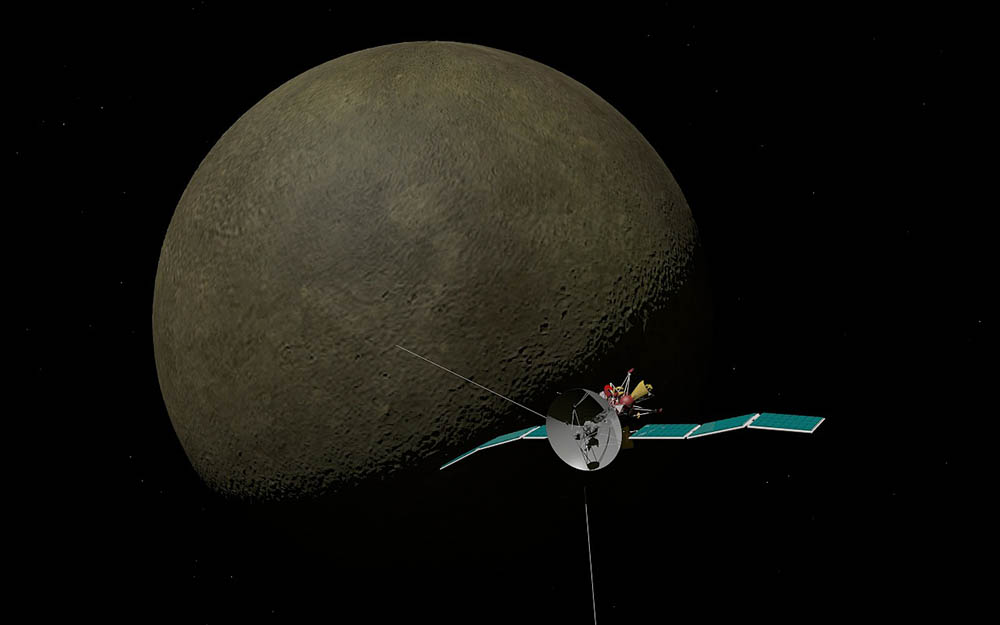
Advantages of Satellites
One obvious advantage of satellites is that they provide us with communication abilities that previously were not thought possible. To think that something even as recent as the telegram, which was invented in 1837, or even the telephone which came not even 40 years after, would be eclipsed by cell phones and satellite phones within 150 years is almost unthinkable, given the overwhelming majority of communication throughout world history was conducted by courier.GPS is itself an advantage. How many of us would feel comfortable going to a new city without this technology at this point? Even if we’re not lost, we like to have that security blanket of knowing we could pull up Google maps on our phone.
Disadvantages of Satellites
Launching a satellite takes tons of money and a lot of work from thousands of people. 28 Block II Navstar satellites cost more than 1 billion to build in 1983. They are not easy to maintain either. Some remote maintenance can be done, but it’s not cheap to send someone into space to perform more significant repairs.
Another disadvantage is that coverage can be spotty when using communication devices, but thats is something most of us who use cell phones are familiar with at this point.

Frequently Asked Questions (FAQs)
How Do Satellites Get Into Orbit?
Satellites are either propelled into space via rocket or ride inside space shuttles. When propelled with a rocket, the required force of boost from the Earth’s surface depends on the geographic launch point. A rocket launched from the equator gets more boost from the Earth’s natural rotation than one north of the equator. When rockets are launched, they are typically propelled slightly eastward as well since the Earth rotates in that direction.
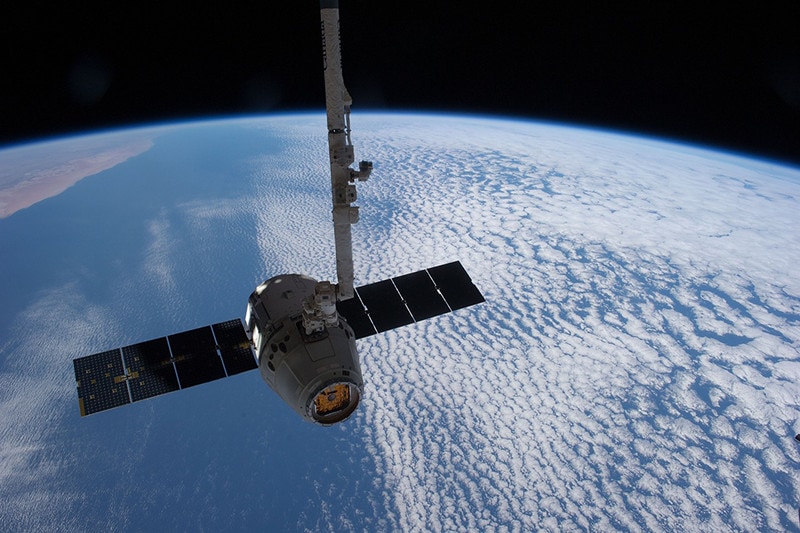
Can You See Satellites From Earth?
Satellites, even though they only get up to about 150 feet long at the most, can nevertheless be seen from the Earth. It may be difficult to observe satellites in a large city, just as it would be observing the stars. A satellite looks like a star that moves steadily across the sky. If its lights are blinking, chances are it is an airplane.
What Is the Earth’s Natural Satellite?
The moon is the Earth’s natural satellite. We might tend to rule this one out because we usually have artificial satellites in mind, but the moon is the largest and oldest satellite in our planet’s orbit.
Summing Up
The next time you tell Siri to direct you to the beach, museum, etc., on a dime, you can thank satellites that enable the GPS on your phone. Something that at first glance seems so small has a significant impact, and it’s all made possible by an object floating above the atmosphere that we hardly even think about.
Featured Image Credit By: PIRO4D, Pixabay
About the Author Robert Sparks
Robert’s obsession with all things optical started early in life, when his optician father would bring home prototypes for Robert to play with. Nowadays, Robert is dedicated to helping others find the right optics for their needs. His hobbies include astronomy, astrophysics, and model building. Originally from Newark, NJ, he resides in Santa Fe, New Mexico, where the nighttime skies are filled with glittering stars.
Related Articles:
Binocular Magnification Chart: Numbers & Distances Compared
What Is the Best Binocular Magnification for Hunting? Optical Features Explained
When Were Binoculars Invented? History, Today & Future
How to Clean a Refractor Telescope: Step-by-Step Guide
How to Clean a Telescope Eyepiece: Step-by-Step Guide
How to Clean a Rifle Scope: 8 Expert Tips
Monocular vs Telescope: Differences Explained (With Pictures)
What Is a Monocular Used For? 8 Common Functions
